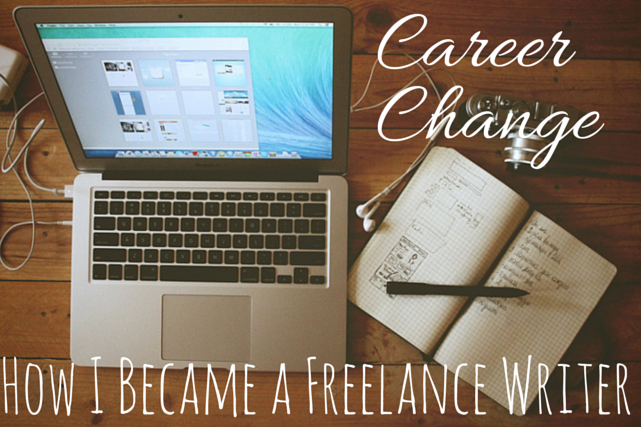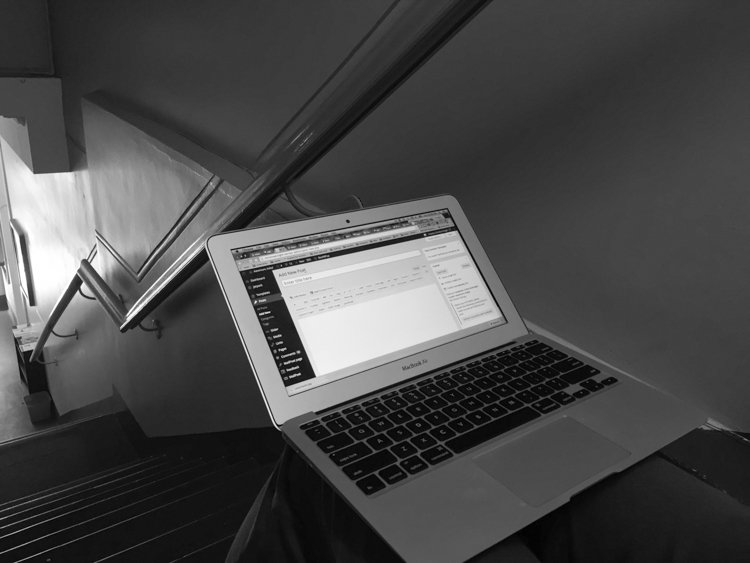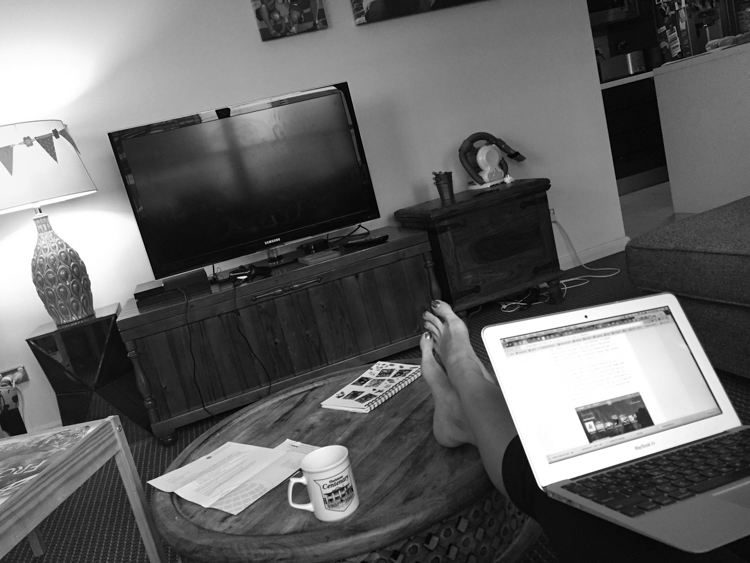
There are already so many great articles out there about how to monetise blogs, that I’m not going to cover the same ground. Not every blogger is going to make it big, or make a 6 figure income from blogging, so I’m certainly not going to say that any blogger can use these methods to make money, because it’s just not true. Many other aspects come into play when enabling a person to make money from blogging. Instead, I’m going to talk about my thoughts on it all, and what works for me.
Briefly, here is a description of the main options for monetising blogs. I like how they are grouped into the four areas. Thanks to Blogger Holy Smithereens at the General Assembly and Etsy blogging night for this idea. If you’re after a full run-down on ways to monetise your blog, head over to ProBlogger and this post on 60+ ways to make income from your blog.
Advertising
Display advertising, sponsored posts, ambassadorships
Affiliate programs
Eg Amazon
Products
eBooks, courses, merchandise
Services
Freelance writing, copywriting, designing, consulting, public speaking
When you’re starting a blog, your traffic is going to be pretty small. Even if you’re been blogging for a while, your traffic might still be small, which is ok. It does rule out generating decent money from avenues that require more traffic though, such as the advertising option. And while some brands are willing to pay sponsored posts for blogs with very little traffic, most are not.
I’ve had the most success is with the “services” section. I have had an occasional sponsored post, but with my blog not generating huge amounts of traffic, I’ve had a lot more success making money by using my blog as showcase of my writing and photography ability to help me get paid work as a writer.
A blog can be an extremely good way to promote your skills to prospective clients. You can point back to your blog to show prospective clients your writing style on relevant topics. I certainly used my blog to start pitching my ability to write parenting and family-travel articles.
Want to get freelance writing? Here is my advice.
1. Start at the beginning
There’s no fast road to the top. I started by contacting a few websites I wanted to write for, and emailed their contact listed under a “submissions” or “contact” section. As I knew these websites wanted submissions, it was a bit less scary to contact them cold.
I did a few articles here and there in the topic areas I wanted paid work for free to give myself a few pieces my resume before contacting slightly larger sites for paid work. Even though I wasn’t paid, I still had to do the whole pitching process and write something decent to get it published.
2. Put together a portfolio
All of my published work links go onto my portfolio website, which was easily set up in WordPress. I update it with every new piece of writing I have published so it’s always up to date if a potential employer looks at it.
3. Remember it’s a small world
One of my best writing gigs came through company who contacted me after seeing my blog and wanting similar content for their own site. The initial proposal for our partnership wasn’t quite right but, a year or so later, a blogger friend was employed as their editor and immediately thought of me as a good fit as a paid writer. This was a serendipitous meeting of two contacts that I kept on good terms paying off at the same time. So even if you are approached for something that isn’t quite right, be sure to part on good terms as you never know what benefit will come from the relationship down the track.
4. Work your contacts
People won’t know you’re after freelance work unless you put it out there. If you have any friends, or even old work colleagues, who are in areas where you want freelance work, email them about it. Let them know you’re looking for this kind of work and you’d be very grateful for them to put you in touch with whoever hires/commissions freelancers in their business. The majority of people will respond positively to this kind of request as it doesn’t put any pressure directly on them to find you work – only to make an introduction. Remember to pay back their helpfulness by throwing useful information or contacts their way in the future.
5. Put yourself out there
The next step is what I found to be initially the hardest. As an introvert, I struggle with talking to people I don’t know, or approaching people who are strangers. If I wanted work though, I had to get over this quickly.
I listed myself on some freelancer websites (some came through with sporadic work, some didn’t), and started building contacts to grow my work portfolio. If possible, in person is always the best way to make a contact, as you’re a face then, rather than just another anonymous email coming through.
Networking events and conferences where editors from publications I wanted to write for would be attending were right up there on my agenda. I was terrified about speaking with the editors or business owners, but I rehearsed my elevator pitch, kept it short, and asked for their card.
For the majority of publications however, I simply cold-emailed them. Do not be scared to do this! It does get easier over time. Some I found the direct information for their editor either through their website or twitter. If you find the editor on twitter, tweet to them, asking for a submissions email address. You can also look for an “editorial” contact email listed on the website.
The key to landing work is to pitch a LOT. You might send out 10 pitches one week, and only hear back from one. The key is volume. That way the rejections and lack of response won’t feel as personal, either (which they’re not!).
5. Follow up
Editors can receive hundreds of pitches a week. Emails fall through the cracks. Follow up a week later. Persistence often has landed me writing gigs that otherwise wouldn’t have happened if I’d been too scared to send that second email.
6. Track everything
I have a spreadsheet where I have contacts and info on where they work, who they represent, when our last contact was and what the pitch status was. I also have a spreadsheet for commissioned work, due dates, payment and pay dates. It helps to keep on top of everything. Every Sunday night I look over the sheets to plan my next week.
I hope this information is helpful! I’d love questions from you on what topics I should cover next. Thank you for reading and good luck with your own freelance endeavours.
Photo credit
Linking up with Grace.










